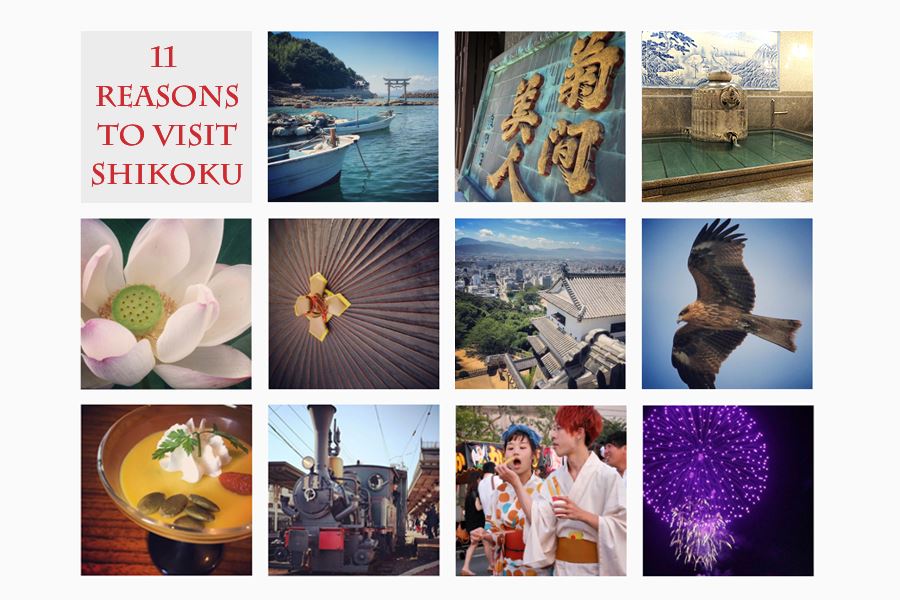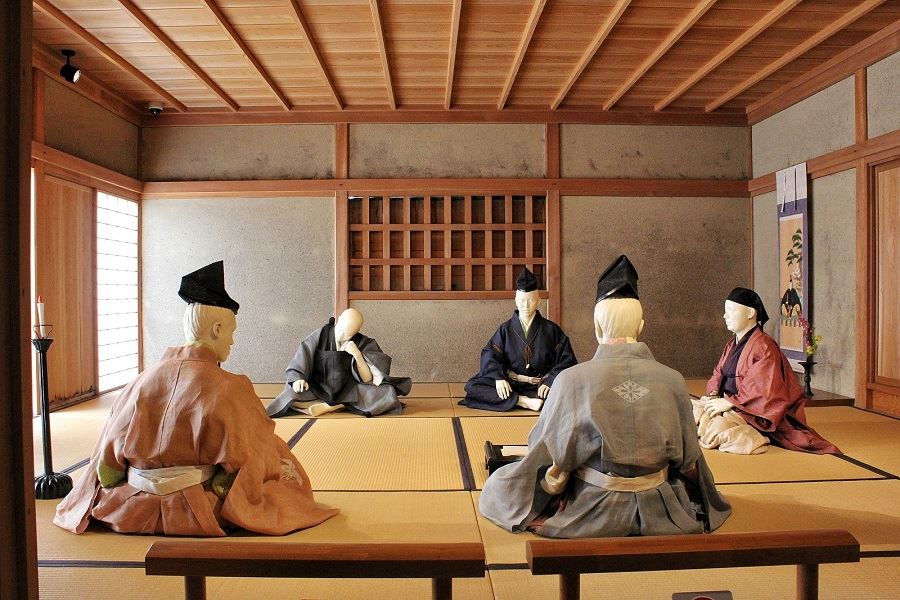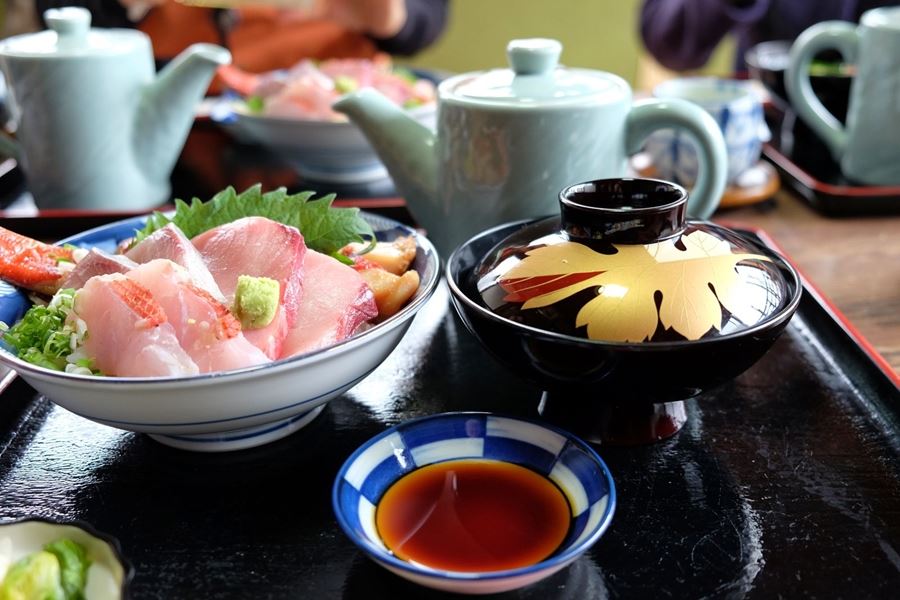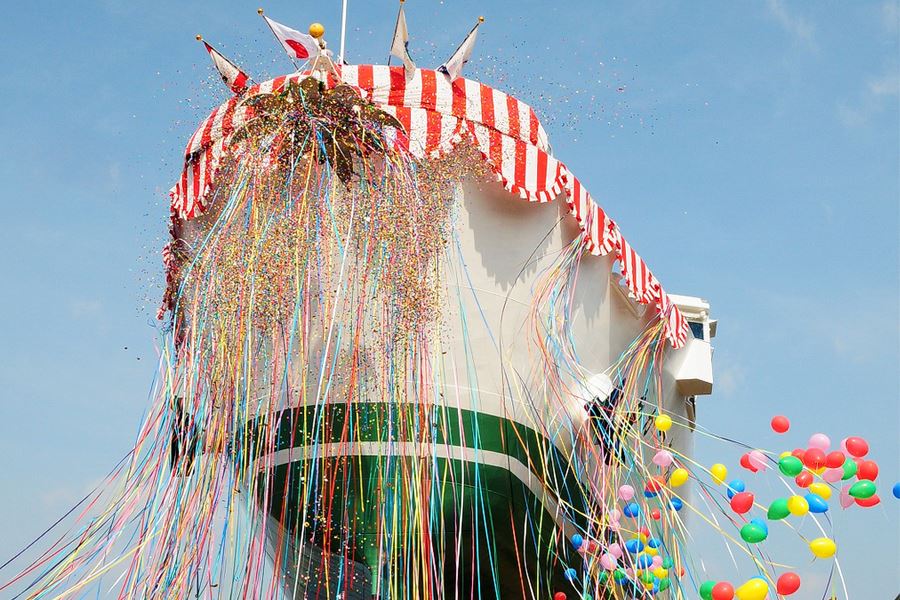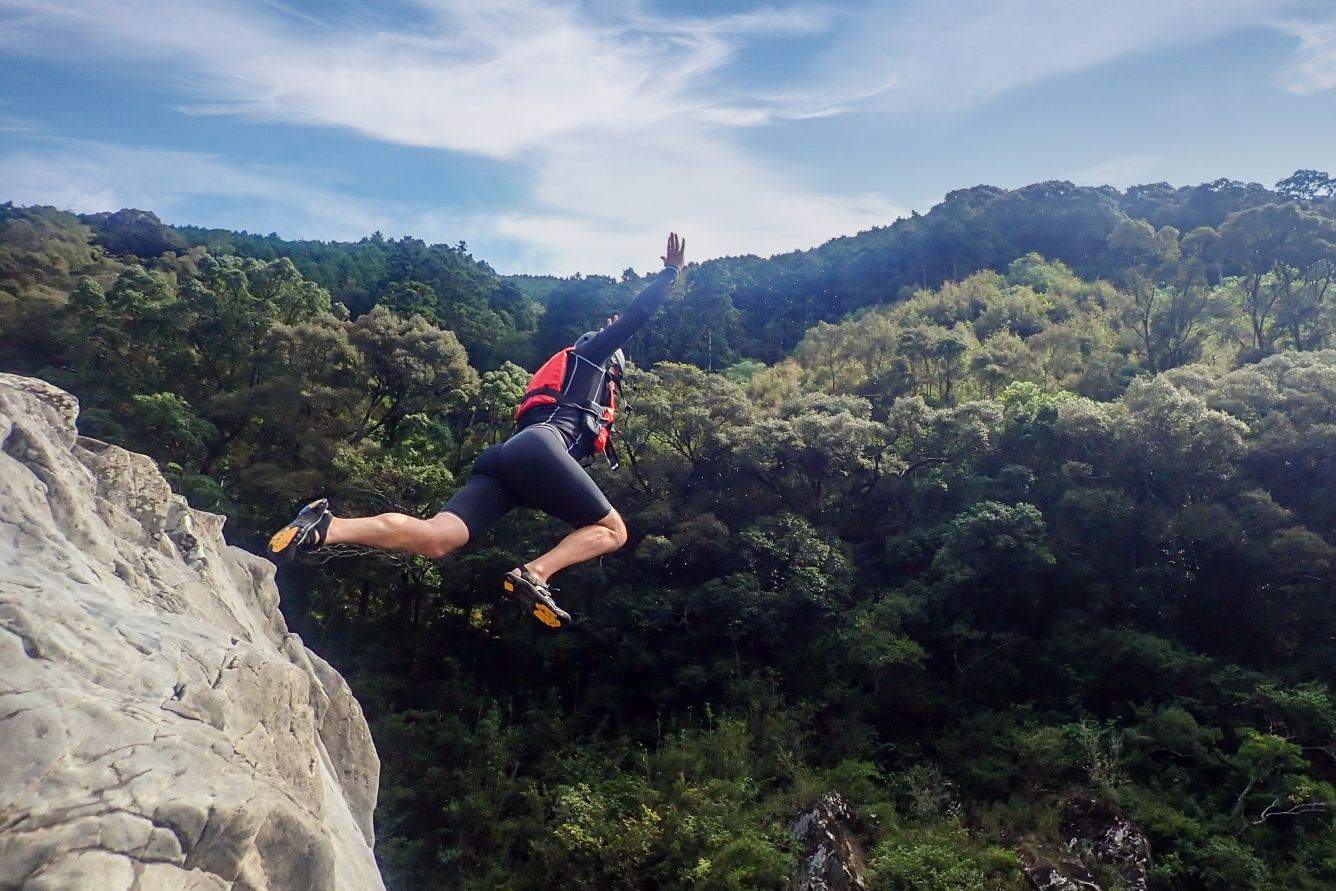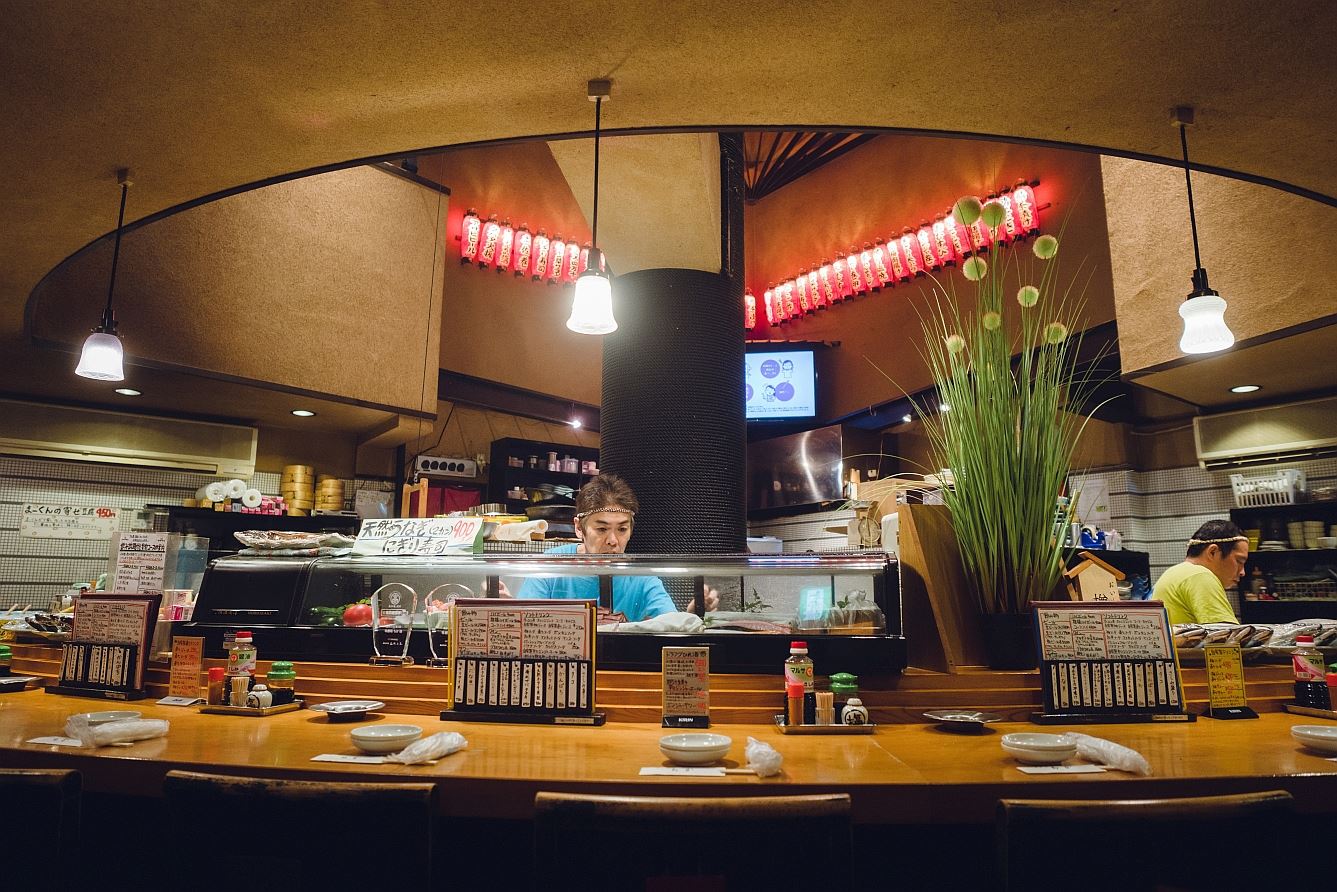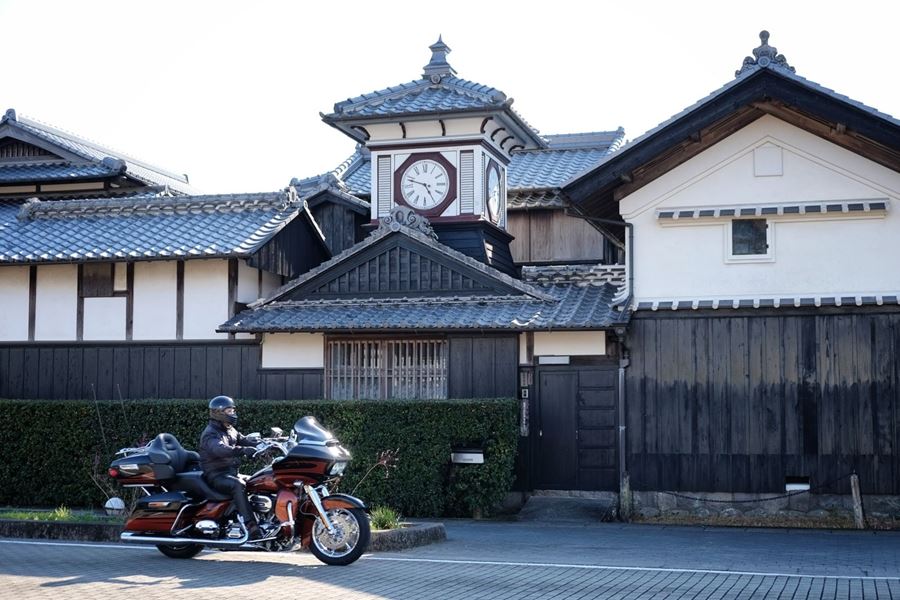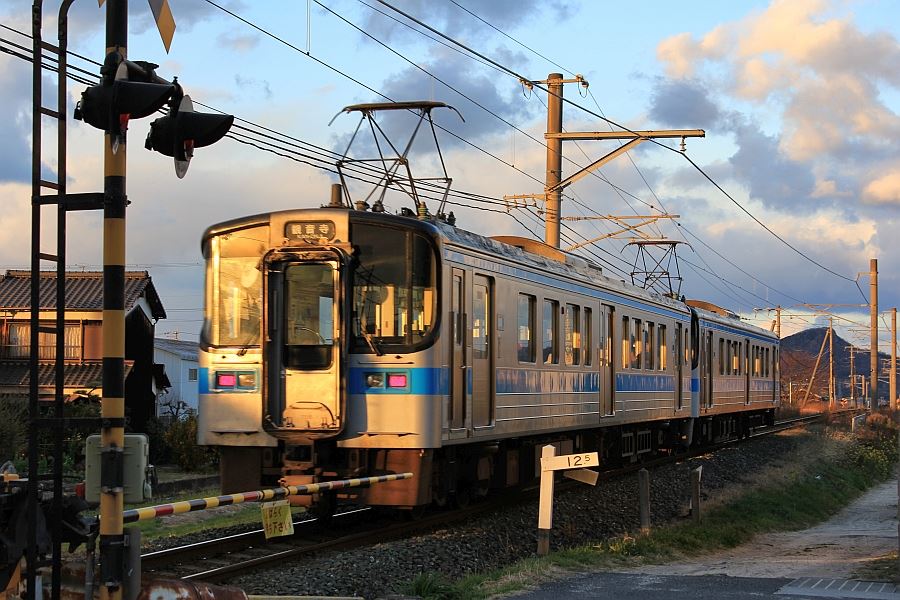Aki, Kōchi
Home » Aki, Kōchi
Aki, Kōchi
Aki is a town on the western side of the Muroto Peninsula where the coastline of Kōchi Prefecture takes a sharp turn southwards. Although its municipal designation is ‘city’, it has no large urban agglomeration. It’s largely farmland producing rice and aubergines, with a long coastline and mountains.
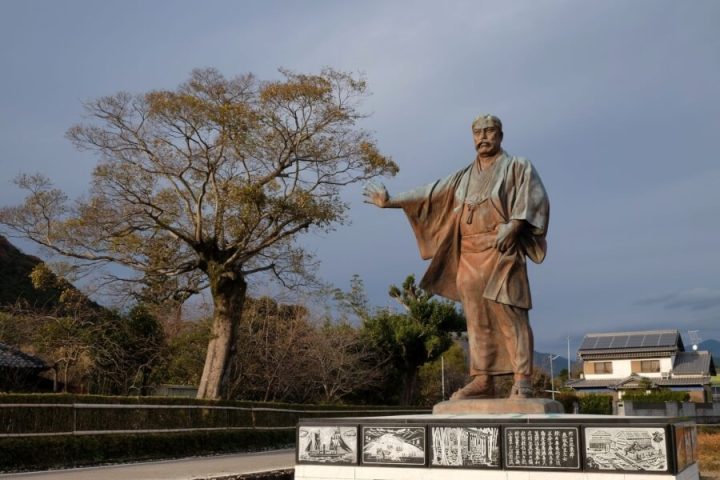
This rural town nevertheless produced one of Japan’s most influential industrialists, Iwasaki Yataro, the founder of Mitsubishi Corporation. The son of a low-ranking samurai, he improved his standing through zeal and ambition. As a young man, he frequently climbed Mt. Myoken to the west of his home to strengthen his body and will. His beautiful thatched house remains today as one of the sights of Aki. It’s also a site of pilgrimage for employees of Mitsubishi.
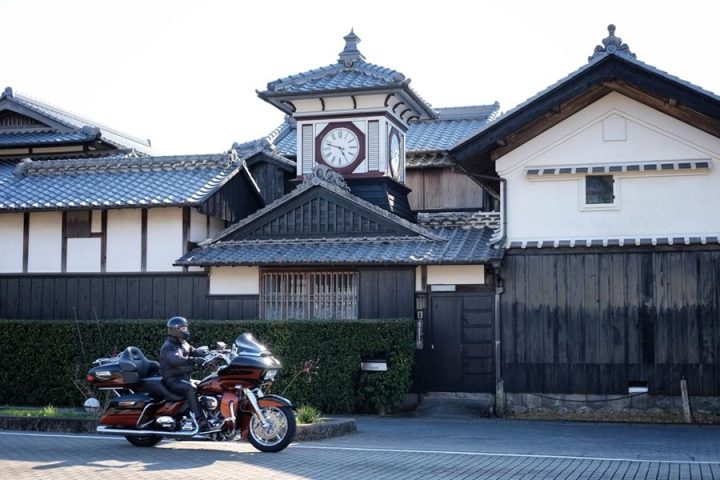
Another illustrious son of Aki was Hatakenaka Genma whose clock still stands in Aki. Today it goes by the name Nora Dokei which means ‘field clock’ since it marks the time for farmworkers in the fields, but originally it had the more sophisticated name Yagura Dokei or ‘tower clock’. Hatakenaka received an American-made clock with a wooden mechanism which he repeatedly dismantled and reassembled until he mastered its working principles. Then in 1887, he made an improved version out of more precise and accurate brass. A single mechanism drives all four faces of the clock, using a weight on a pulley that keeps the clock running for about a week. The building which houses the clock is very elegant.
Aki was once a castle town, built around an oval hill beside the river, topped with a wooden fortification. The houses of the samurai still stand, with those of the highest-ranking samurai in front of the castle hill, and the homes of the lower-ranked samurai extending along the sides of the hill. This old samurai area is called Doi Kachu.
The Aki City Museum of History and Culture located in Doi Kachu has a fascinating collection of historical materials from the region. It documents a culturally rich and sophisticated society with an intense interest in science and technology. Finding a little planetarium here was a surprise.
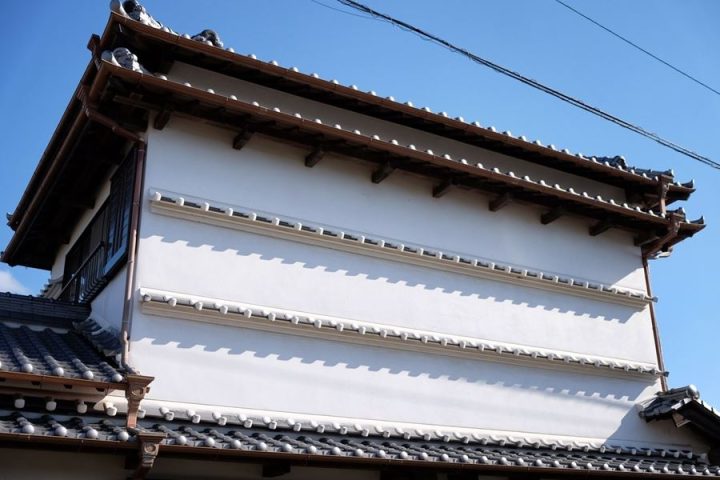
Since southern Kochi is frequently flayed by typhoons from late summer to autumn, the locals developed an architectural feature that protects the walls of their houses from the effects of driving rain. Small tiles are laid into the walls in rows, which cause the rain to run off the walls instead of seeping into the plaster. This feature, decoratively implemented, also gives the houses a baroque air. The plaster itself is interesting too. It contains fermented rice straw so that the plaster is yellowish when freshly applied. The craftsmen polish it to a sheen with their bare hands. It gradually turns a pure white with exposure to the sun.
You’ll notice that many of the buildings have been smeared with a black substance. This is coal tar, applied during the war in a vain attempt to hide the white buildings from Allied aircraft, which used Cape Muroto as a rendezvous point before they bombed other parts of Japan. Aki itself was never considered worth bombing.
The houses of Aki are separated by thick walls made of pebbles or tiles, or hedges of bamboo. Aki once tried to make its own tiles and failed miserably. The defective tiles were broken and used to make walls. The quick-growing bamboo hedges also doubled as a source of ammunition for the samurai – the stems could be quickly made into arrows.
Eating out in Aki
Aki is one of the country’s leading producers of aubergine, grown in greenhouses which can be seen all around the town. These are of a double-wall construction for extra insulation, and they’re pollinated by bees who live inside the greenhouse. Aubergine is a summer vegetable, but the warm climate of Aki, combined with its advanced greenhouses make it possible to enjoy it in winter too.
The aubergine of Aki features in a representative Japanese dish called donburi, a bowl of rice with a generous topping of meat or fish and vegetables, typically with some kind of sauce for flavouring and lubrication.
The Furusato-Kan restaurant in Aki serves a donburi featuring soft aubergine cooked in crispy tempura, with a rich, sticky minced-meat sauce. Concealed under the aubergine is a generous dollop of tororo, an interesting concoction of grated white yam and broth. It’s a very hearty, savoury mixture, with an appealing combination of textures.
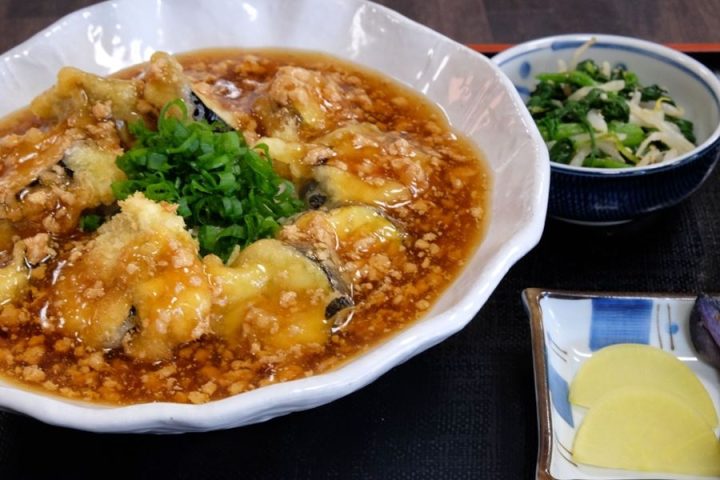
My friend ordered the chirimen don, another specialty of Aki, so that we could share and enjoy both. The restaurant staff obligingly provided extra bowls and a serving spoon.
Chirimen are baby sardines, which are netted in the Pacific off Aki. They’re boiled to soften them, and dried on trays in the sun to concentrate their flavour and to preserve them. Chirimen are bright white, with little grey specks for eyes. They’re slightly soft, salty, and sweetish, with a hint of calcium from all the tiny bones.
The chirimen are served on a bowl of rice with a big blob of grated daikon, and chopped spring onions. There’s a soy-based sauce to pour over everything. The donburi has a mild, gently fishy flavour, and slightly mushy, easy-to-eat texture. It feels and is in fact a very healthy choice. The onions and soy sauce save it from blandness. Having eaten the rich and meaty aubergine donburi, I enjoyed the plainer chirimen.
To enjoy everything in this fascinating town, at least one night’s stay is recommended. You’ll want to try the sake from the several breweries in the area, including Aki Tora with its cute tiger label.
Related Tours

Experience the most beautiful and interesting temples of the Shikoku Pilgrimage in seven days.

A tour for families or friends, staying in the most characterful kominka and ryokan of Shikoku.

Visit the most beautiful and interesting temples of the Shikoku Pilgrimage and walk the toughest trails.

